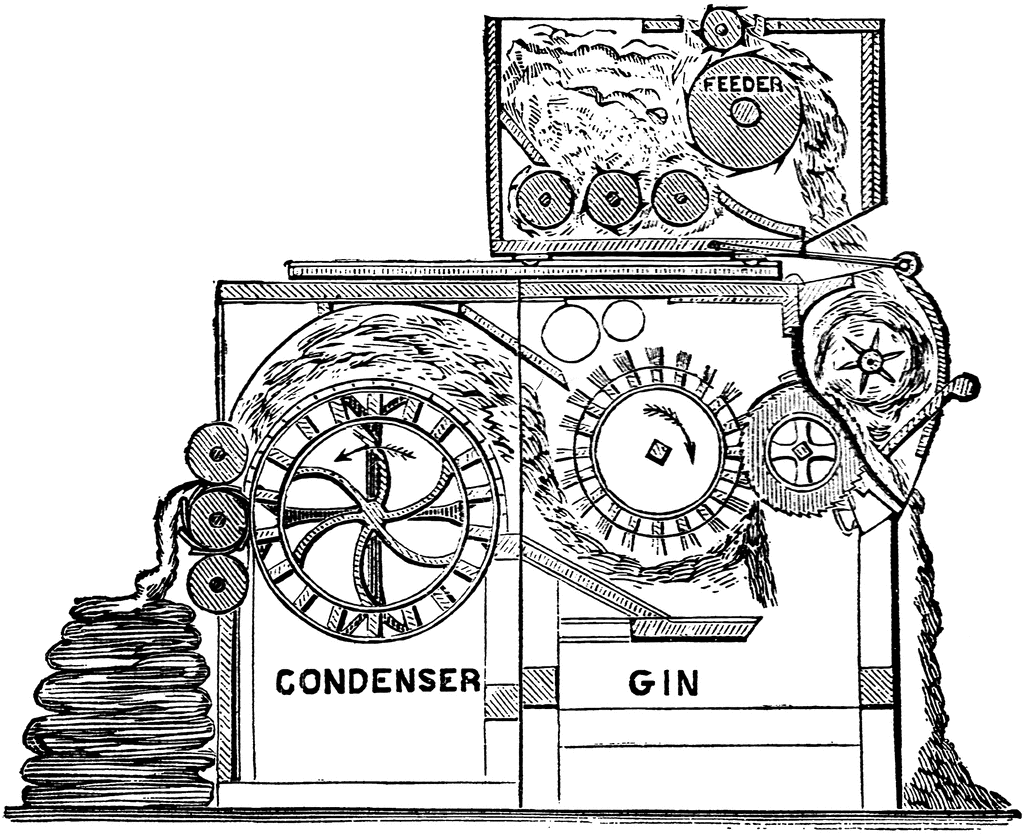 Image via Wikipedia(Text in LARGE print for classroom projection)
Image via Wikipedia(Text in LARGE print for classroom projection)CLASSICAL ERA
1750-1820
Classical: Dealing with Roman and Greek Antiquity
The Age of Enlightenment (1720-1790)
The belief in reason and progress. An age where the middle class raged against the extravagance of the aristocracy and the hypocrisy of religious leaders. A push to end the privileges of the upper class and instead ensure fairness for the struggling middle class. Freedom from spiritual darkness and oppression. Critical thinking and the bettering of the mind. A turn away from the extravagant opulence of the Baroque Period. Ideals of democracy and independence took hold. The American and French Revolutions turned monarchies on their heads.
Music played an important role in the Age of Enlightenment. It was considered an integral and important part of a nation's culture. It helped unify troops, spread ideals of democracy, and rejoice in military victory. Operas had plots that mocked the aristocracy and songs like Yankee Doodle helped the Americans win their battle against a British tyrant.
Even musical audiences had become more democratic. Performances were not necessarily reserved for monarchs and the wealthy nobles and royal favorites. Wealthier working middle class members were able to attend performances, much to the chagrin of the uppity royals. Composers were just as likely to earn a living through private patrons as through church or court appointments (as Hadyn and Mozart did). Public concerts were arranged by the populace.
The Parisian Concert de Amateurs was formed to play popular works. Led by the composer Chevalier de Saint Georges. Le Chevalier de Saint Georges faced much opposition during his lifetime, even being denied a post of the local opera company because of his skin color. Despite opposition, he managed to perform for Marie Antoinette, fight in the French Revolution and premier several concertos and symphonic works.

http://www.youtube.com/watch?v=qwPeyqjmSuw&feature=related
The center of the musical world at this time was in Vienna. Major composers like Haydn, Mozart, and Beethoven studied and played in Vienna. The aristocracy and the wealthy often hired composers to create works for private concerts. Music was again a status symbol, and many aristocrats could play and perform. Many did, in fact, and hired their own orchestras.
The American Revolution 1776
US Constitution in 1789
http://www.youtube.com/watch?v=XmdVSDVlVoc
http://www.youtube.com/watch?v=HwWi0zdF7wk
The French Revolution 1789
Reign of Terror 1793-1794
http://www.youtube.com/watch?v=aZtEsLMy5uQ
The Age of Napoleon
http://www.youtube.com/watch?v=IF4lPWU_qxY
An age of Liberty and Equality. Heroism and Patriotism.
Declaration of Independence
http://www.metacafe.com/watch/1995399/the_declaration_of_independence/
Visual Art
The Late Baroque had given birth to the rococo style, a more intricate form of extravagant art. However, during the Age of Enlightenment, Visual Art returned to the simplicity of the classics in Neoclassicism. Visual art reflected the subjects of the Greek philosophers and the concepts of liberty with depictions of classical themes and historical scenes of the horrors of war.
Prominent Visual Artists
Spanish Artist Francisco Goya
Visual Art
The Late Baroque had given birth to the rococo style, a more intricate form of extravagant art. However, during the Age of Enlightenment, Visual Art returned to the simplicity of the classics in Neoclassicism. Visual art reflected the subjects of the Greek philosophers and the concepts of liberty with depictions of classical themes and historical scenes of the horrors of war.
Prominent Visual Artists
Spanish Artist Francisco Goya
Images:
The Disasters of War
French Revolutionary Jacques-Louis David
Images:
English Painter William Hogarth
http://www.zeitlerweb.com/img/600px-William_Hogarth_028.jpg
http://www.zeitlerweb.com/img/600px-William_Hogarth_028.jpg
Symmetry
Classic, based on Greek and Roman architecture
Monticello, Thomas Jefferson's Home
http://www.dl.ket.org/humanities/arch/images/monticello_.jpg
Monticello, Thomas Jefferson's Home
http://www.dl.ket.org/humanities/arch/images/monticello_.jpg

Technology
Cotton gin

Steam engine

Growth of urban centers
The birth of industrialization
The birth of industrialization



Comments